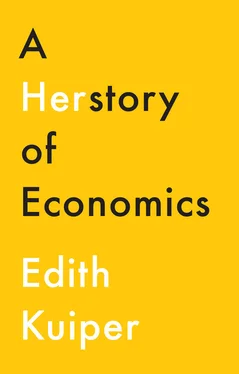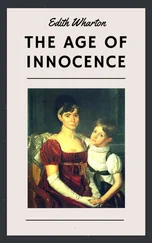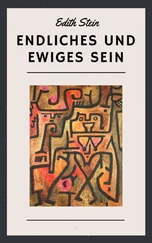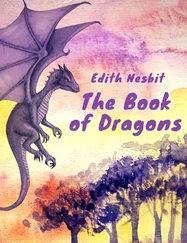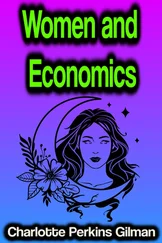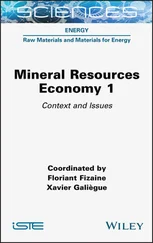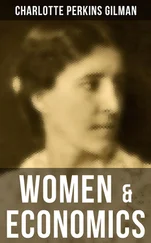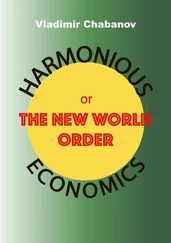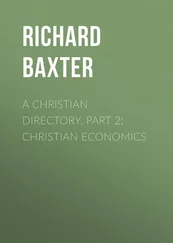Finally, in the words of Mary Lee Chudleigh (1701), I do “beg your pardon for the length of this Address, and for the liberty I have taken to speak my Thoughts so freely, which I do not doubt but you will readily grant to one, who has no other Design but that of doing you Justice.”
Enjoy the read!
Introduction
What is a herstory of economics? And why do we need it?
As it is taught today, the history of economic thought consists of a chain of intriguing and engaging stories about great economists, with a focus on a fixed set of male Western economists. Political economy emerged in Western Europe during the second half of the eighteenth century, and, during British economic hegemony, it was centered at the University of Cambridge in England. The history of economic science was traditionally taught using an internalist approach. This meant that teaching focused on the rational considerations of great minds like Adam Smith (1723–90), Karl Marx (1818–83), and John Maynard Keynes (1883–1946) (rhymes with ‘brains,’ as US economist Deirdre McCloskey would say), and the debates between them and their contemporaries. Recently, historians of economics have become more and more interested in applying an externalist approach, paying attention to facts not directly related to political economy – for example wars, revolutions and political backlashes, economic crises, as well as personal friendships, mental health issues, class, and personal hang-ups – to better understand the development of economic concepts, models, and theories. As part of this, there is an emerging interest in the role of women, as well as norms, values, and institutional practices around gender and women’s voices in economic science. Historians of economic thought have started to turn their eyes to the role of gender in economics (see Pujol, 1992; Groenewegen, 1994; Folbre, 2009), the work of female economists (see Thomson, 1973; Libby, 1990; Dimand et al., 2000; Madden et al., 2004), and the reasons for the low representation of women in the history of economic thought (see Dimand, 1995; Madden, 2002). Collections of texts by women economic writers and feminist economists have been compiled (Barker and Kuiper, 2010; Kuiper, 2014) and women’s economic writings are being analyzed (see Madden and Dimand, 2019; Rostek, 2021). This book is a logical follow-up to this work and makes grateful use of it.
In the overall discipline, however, most women economic writers and women who were professional economists, including those who were once well known and engaged in the economic science of their time, have been forgotten and excluded from the narrative of the history of economic science. Even those who were very famous in their lifetime – Oprah Winfrey-like famous – were, mostly by default, excluded from accounts of the history of economics. It is still the case that few historians of economics, let alone other economists, have heard about the work of Mary Astell, Sarah Chapone, Priscilla Wakefield, Elizabeth Hutchins, or Hazel Kyrk. Those who put together lists, websites, posters, and calendars of economists generally overlook women economic writers and economists. At best, their number is reduced to one, Joan Robinson, or two, Joan Robinson and Rosa Luxemburg, as women economists who somehow made it to the surface. Joan Robinson (1903–83) and Rosa Luxemburg (1871–1919) were both fine economists. Robinson wrote about monopolistic markets and price discrimination and she had the dubious honor of being the woman who “should have received the Nobel Prize for Economics” but never did. Luxemburg described and analyzed imperialism: why and how the capitalist system spreads more and more widely over the globe. The history of women economists generally stops here, as if mentioning two women in the history of economic thought is enough – more than enough. That these two economists did not write about women is not a coincidence. They were part of a male-dominated tradition of economics in which women’s concerns and interests did not have a place. Although Luxemburg and Robinson themselves had little to do with it, their place in the field as token women takes the light away from other women who wrote about their economic views, experiences, concerns, and interests and who thus missed out on the attention they deserved. It took until only a few decades ago for this to change.
This book is not about why women have been excluded from the annals of the history of economic thought and exactly how this process of their exclusion from the history of economic thought worked. Although these questions will come up, this book’s main aim is to introduce the reader to a selection of women economic writers and economists who engaged in substantial work on economic issues yet fell through the cracks of history because of their gender. In doing so, this book aims to show that these omissions impact our understanding of the economy and the history of economic thought.
The book introduces the reader to a wealth of works by both women economic writers and women economists, the difference being that the former wrote about economic topics but did not have an academic status. For many of these women, their lack of academic status was caused by the fact that universities were closed to them. This only changed at the end of the nineteenth century, after which female economists were able to enter the discipline and start to publish in academic journals. The reader will meet a diverse group of women who put their economic thoughts and experiences on record; their insights are out there waiting to be rediscovered. Synthesizing my extended exploration of their works, I highlight a set of themes that emerged from bringing these writings back into the limelight.
This book aims to meet the need for a more accessible text on women’s economic writing that can be used in courses on the history of economic thought – a book that introduces students, as well as a general audience interested in the development of our economic thinking, to the work of women economic writers and economists. Each of the nine chapters of the book addresses a theme, while telling the stories of these women and analyzing their work along chronological lines. It has not been possible, by any means, to cover all women economic writers and economists in the UK and the US. To maintain some coherency, I had to step away from discussing the work of some of the great women whom you might expect to appear in these pages; Mary Robinson, Madame De Staël, Helen Bosanquet, and Emma Goldman come to mind, but there are (many) others. This does show, though, that there is still more work out there that deserves to be analyzed and brought into the herstory of economics.
The themes distilled from these women’s economic writings coincide with some of the main debates in the academic field of political economy, which, by the end of the nineteenth century, came to be known as “economics” or “economic science.” Together, the chapters in this book cover the period from 1700 to 2020. While the story in each one unfolds in a chronological manner, each chapter also focuses on a specific period in which the main theme of that chapter surfaced in economic debates inside and outside academia. The last chapter brings the main findings together, thereby collating some of the lessons that can be learned by listening to our foremothers and reading their work.
Most of the women economic writers and economists who come forward in this book led fascinating lives. The reader will be introduced to these women and to their main economic works. Most of them come from the UK and, in a later time period, the US; it was, after all, in England and Scotland that political economy emerged and that makes these women particularly relevant for this herstory of economics. After the global economic hegemony had shifted to the US – following World War II – the center of gravity in the field of economics moved from Cambridge, UK to Cambridge, Massachusetts. This book aims to break open and disrupt the settled story of the history of economic thought that has been written from the perspective of European – and, later, American – middle-class white men. As the author of this book, I am aware that the consideration of women’s experiences and feminist perspectives is only a start and that much more work needs to be done to bring in economic contributions from Asian Americans, Native Americans, and the economic writers and economists from countries in the South.
Читать дальше
